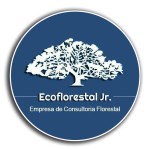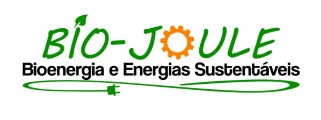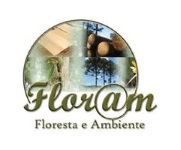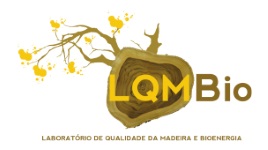CLONAL SELECTION OF CORYMBIA SP. FOR ENERGY AND CHARCOAL PRODUCTION
06 - Charcoal
 1 MARCELA FERREIRA GOMES, 1 ANGÉLICA DE CÁSSIA OLIVEIRA CARNEIRO, 1 LETÍCIA COSTA PERES, 1 BRÍGIDA MARIA DOS REIS TEIXEIRA, 1 CLARISSA GUSMÃO FIGUEIRÓ, 1 LUCAS DE FREITAS FIALHO
1 MARCELA FERREIRA GOMES, 1 ANGÉLICA DE CÁSSIA OLIVEIRA CARNEIRO, 1 LETÍCIA COSTA PERES, 1 BRÍGIDA MARIA DOS REIS TEIXEIRA, 1 CLARISSA GUSMÃO FIGUEIRÓ, 1 LUCAS DE FREITAS FIALHO
1 UNIVERSIDADE FEDERAL DE VIÇOSA
Forestry biomass has become increasingly interesting due to the rising concern about non-renewable energy matrices. This biomass still has another advantage, it can fix carbon during its growth. Brazil is known for its high forest productivity, making this country interesting in the context of renewable energies. The hybrid species of Corymbia torelliana and Corymbia citriodora are known for their high density but have gained space in the scenario because they present significant advantages in terms of growth, ease in vegetative propagation, tolerance to diseases, insects and cold. The aim of this study is to select clones of hybrids of Corymbia torelliana and Corymbia citriodora for energy and charcoal production. Eight genetic materials were evaluated at the age of seven, hybrids of the species Corymbia torelliana and Corymbia citriodora, from a forestry company. The wood properties, specific gravity, higher calorific value and wood energy density were measured. For charcoal, yield, apparent density, higher calorific value, fixed carbon yield and energy density were measured. The wood data was subjected to a Scott Knott test and the charcoal data was subjected to principal component analysis. Wood energy density observed in this work ranged from 993.58 to 1133.85MJ.m-3. Energy density is important when the wood is utilized to produce energy. It combines the specific gravity and the high hatting value. The average values of charcoal fixed carbon yield observed for the genetic material used in the present work are between 24.73 and 27.13 %. Friability observed in this work varied between 5.47 to 8.42 %. The results show that the genetic materials V and III have greater energetic potential and III, VI and VIII have potential to produce charcoal.
Keywords: biomass, energy density, scott knott.
Acknowledgments: The authors are grateful to the FAPEMIG for the financial contribution to the development of the project and to the CAPES and the CNPq for granting scholarships to authors.

























